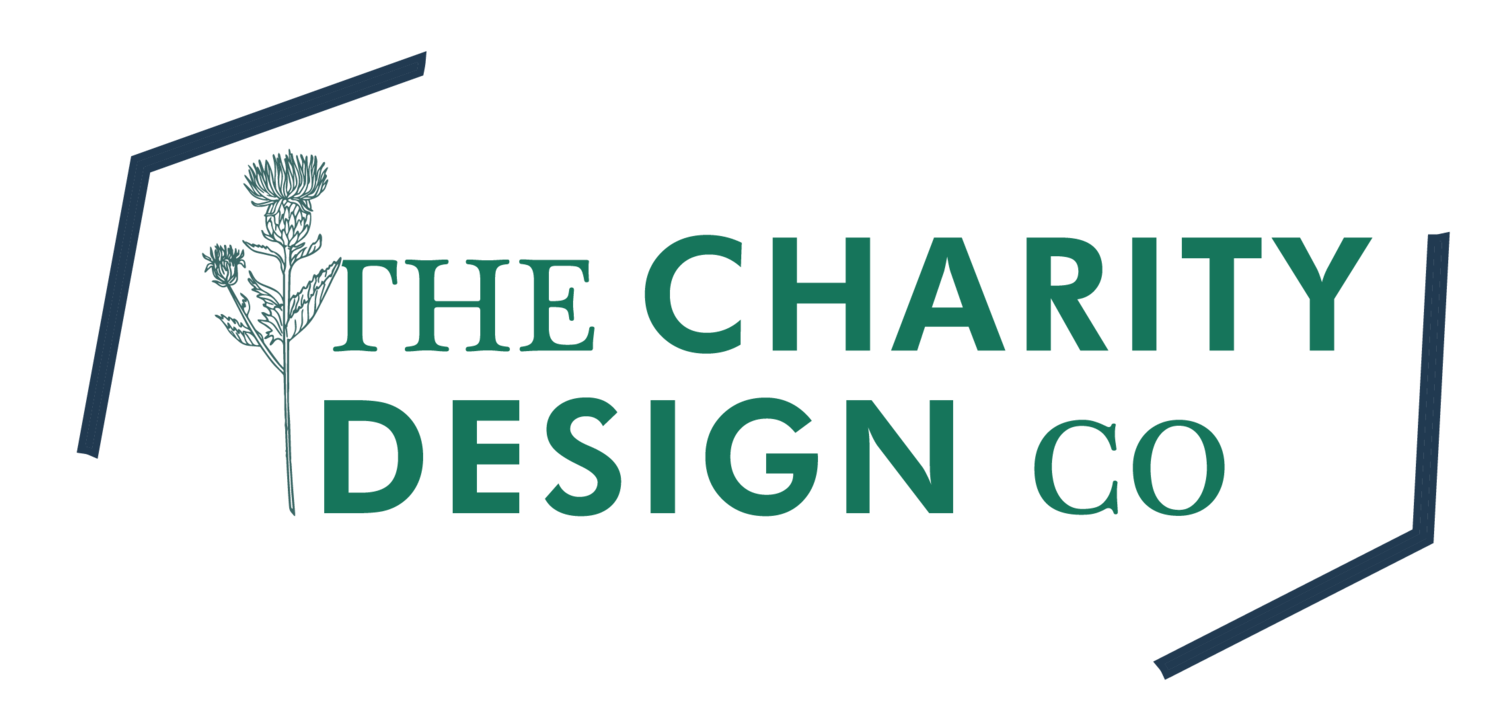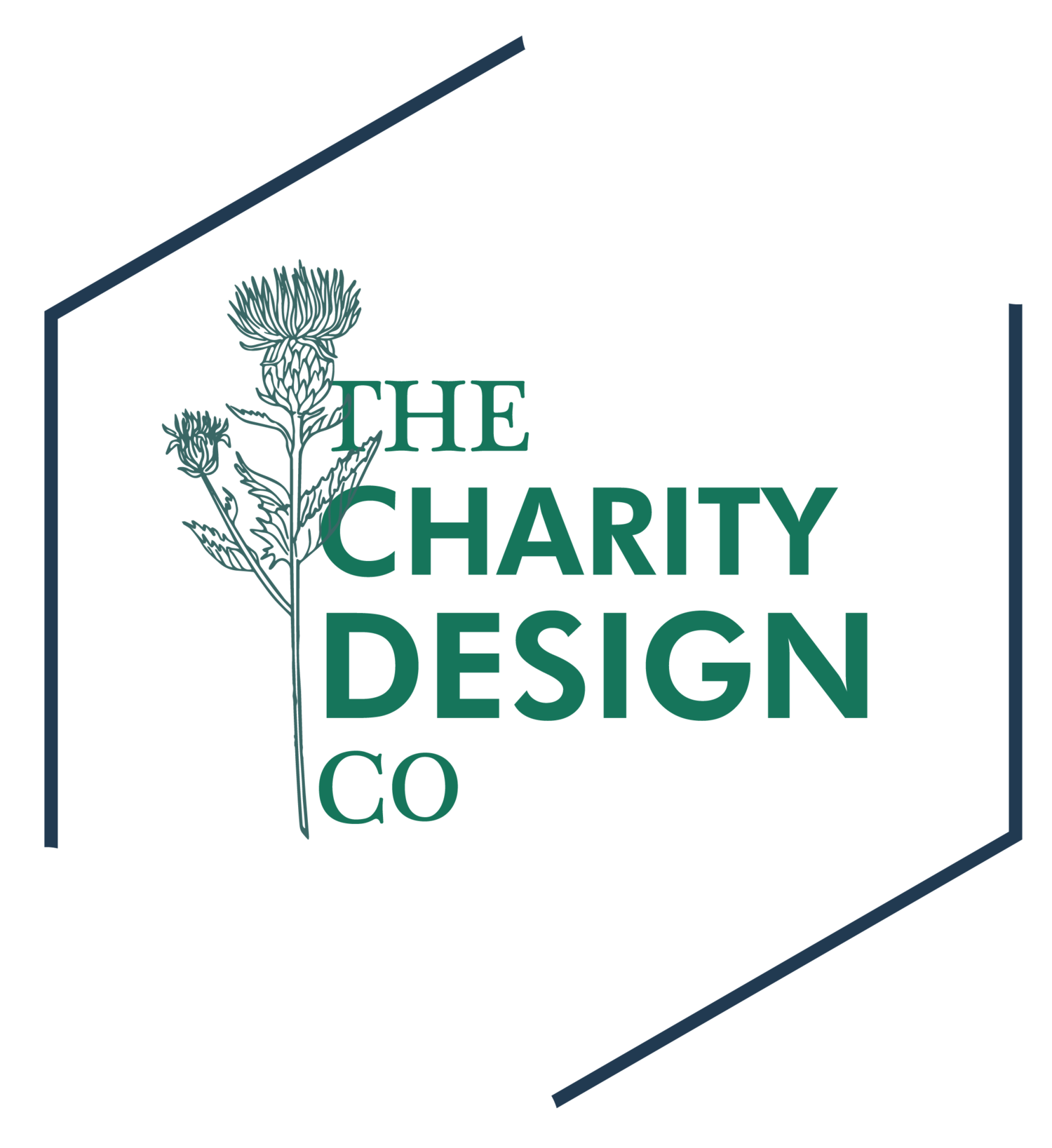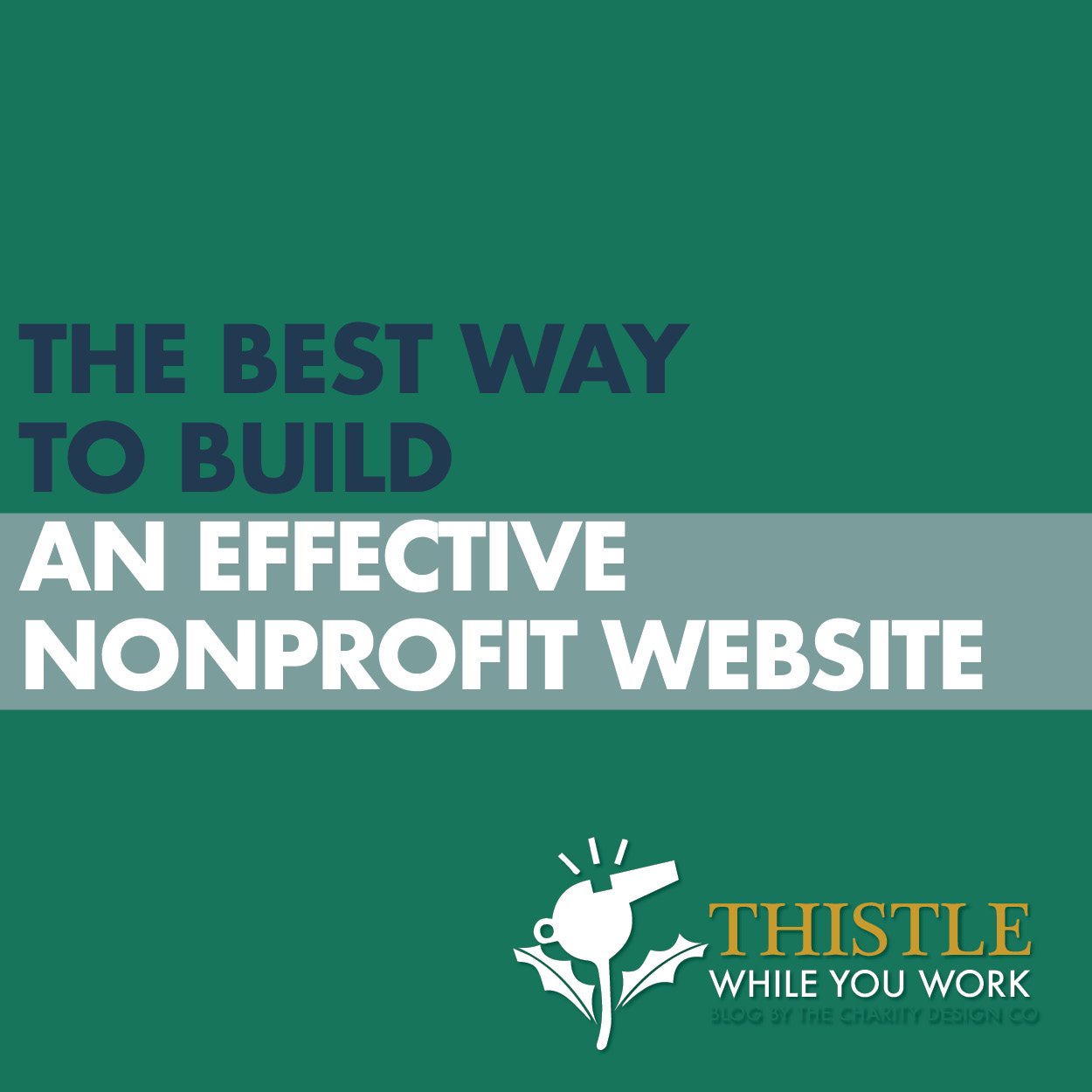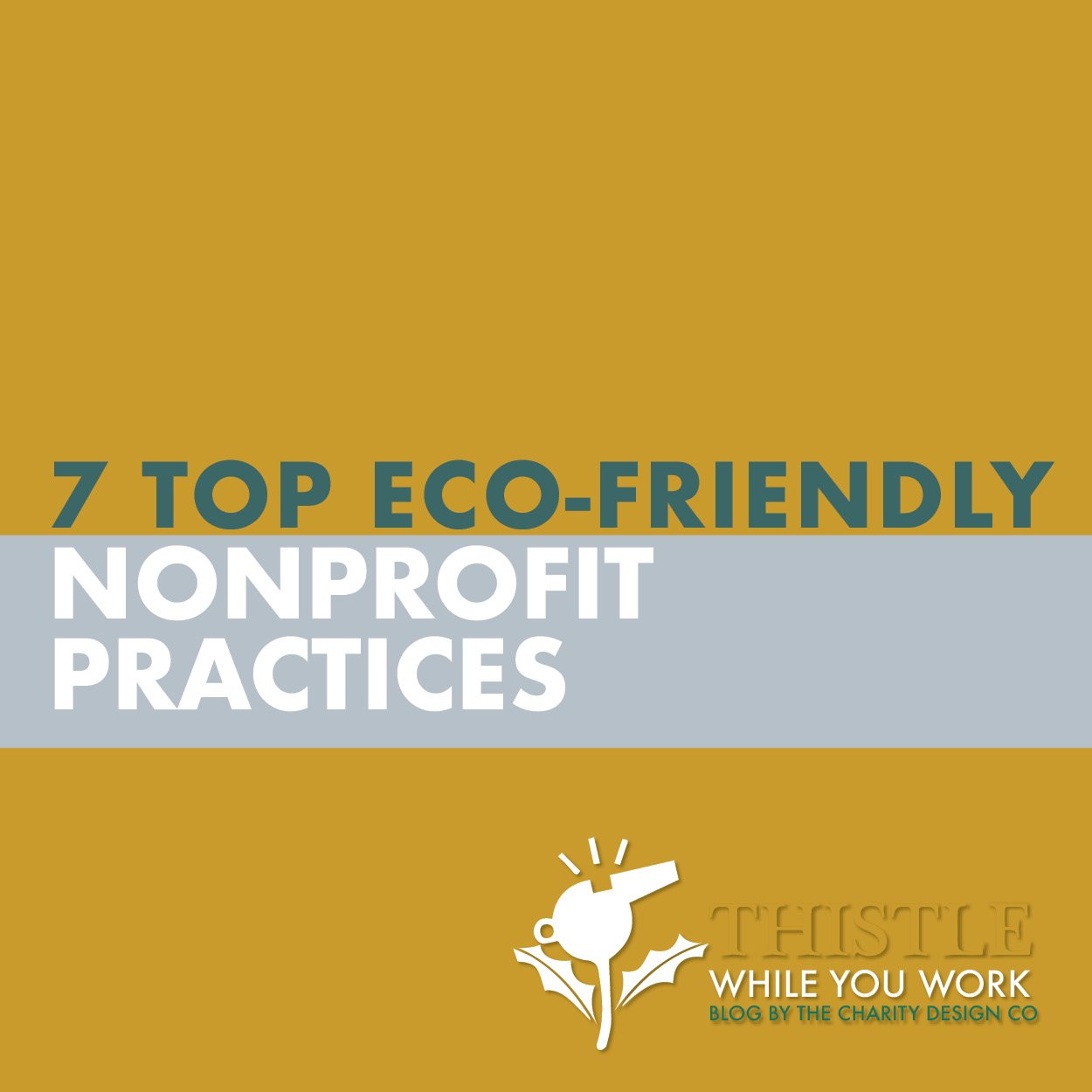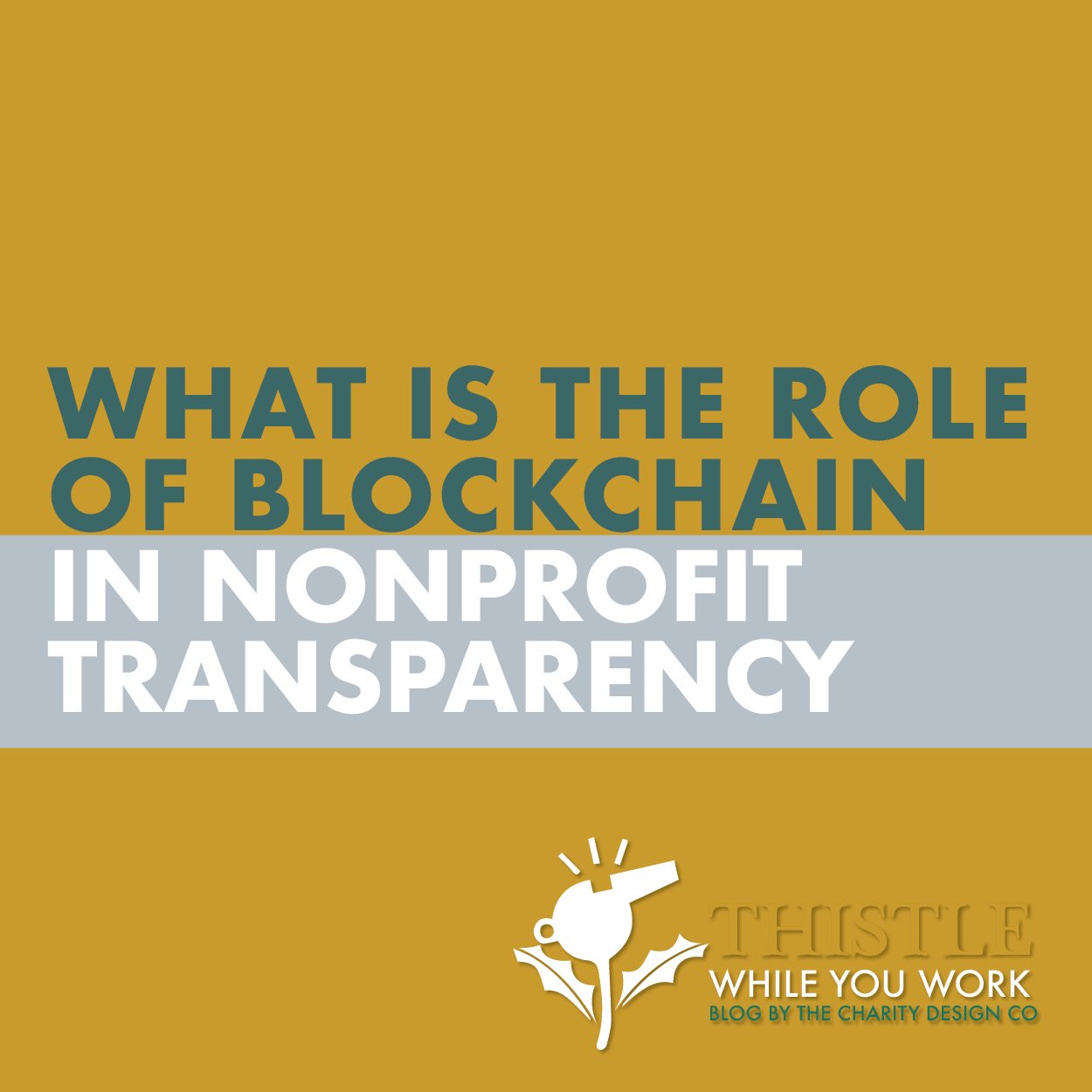7 THINGS TO DO WHEN YOUR DESIGNER DOESN’T UNDERSTAND WHAT YOU WANT
As designers, we often pride ourselves as being EXPERT readers and intuitive listeners. We can often extract the smallest nuance from a discussion and turn it into a key aspect of a design concept, making you fall in-love with it and you don’t even know why. It’s a beautiful gift but sometimes, even us designer’s can get lost and the best communication intentions can get lost in translation.
Remember when we explored on this blog what its like to work with me? Well, even the best intentions can sometimes just not work out. AND THAT’S OK… AS LONG AS EVERYONE TRIES TO GET BACK ON TRACK. Now, if your designer is good, they will ask for these things BEFORE you start to get frustrated, but if not, offer them as communication starts to break down.
This week, I wanted to give you all the best ways to approach ANY design project when things just aren't translating well.
#1 BE SPE-CIF-IC…SPECIFIC
Obviously the most logical and straight forward advice but you would be surprised how hard it can be to follow when you are in the weeds. When things are getting lost in translation, you need to take the time, slow down and be specific with your asks, requests and what you are looking for.
So here is the deal, when giving feedback to your designer, whether you love it or hate it, you have to be as specific as possible. Don’t beat around the bush or use vague language to save their feelings. They literally get criticism all day long and know the end goal is design, function and a happy client.
Use specific and descriptive language. Is it missing color? Does it need more images? Do you want to pick those images out or do you trust them? What exactly are you looking for? Where was the typo? Which page? Paragraph?
#2 USE EXAMPLES
This is my GO TO for when things start getting lost in translation. I ask for examples. I am trained to look at an image that you like, notice what you like about it, tie it into your current brand or website in a cohesive way and tada… you are happy!
Sometimes its hard or impossible to find exactly what you want as an example but it gets you looking closer at the nuance level of design… this lucid dreaming level that designers live in day in and out.
So, if you are saying that the page isn’t youthful enough, you might point to the font. The serif font might feel too professional. Use that as your example of a more youthful page.
#3 CREEP ON OTHER WEBSITES
As apart of your onboarding for any project with me, you will be asked to provide examples of websites you LOVE and DONT LOVE. This gets you really exploring the features that effective websites have vs ineffective ones.
To take this further, I ask you to look at community partners and competitors (though in the Nonprofit world, we cheer for everyone right?!) so you can stand out in the best ways and avoid local pitfalls “everyone” is doing.
#4 REMEMBER THAT WEB IS FLEXIBLE
One of my favorite reasons I LOVE web/digital as an artistic medium… is that everything can be changed out.
Text, images, colors. ITS ALL FLUID
It’s important to ask yourself, are my critiques of the photos and content on the page? Remember, this content is easy to change WHENever and to WHATever you want before + after it is live.
Photos and words are easy to change. In fact, it’s so easy to do that I train you to do it yourself when the website is launched. Another reason I LOVE Squarespace too.
Critiquing images and content early on in the process will only slow down our timeline. Your first look of the website will just be a preview of what the finished product COULD look like. You’re primarily looking at layout, structure, colors, fonts, and overall design.
#5 ASK WHY
If you are really lost and feel like your designer is not getting your direction, you can ask why things are the way they are. There is usually a reason for all of their decisions. Most designers will be patient and take the time to explain their thought process, standards, and why something “should” really be a certain way.
Design is hard. Web design is harder. If you have questions about the process or about your website, just ask! We have been through this process hundreds of times, but sometimes we can forget that this is your first time. Just ask.
#6 REMEMBER YOU ARE NOT YOUR DONORS
The challenge for you and I is to find that happy medium where the design speaks to the right donors but pleases you as a client as well. This philosophy doesn’t just end at design, but extends to the functionality of the website as well.
At times, there will be moments where design for donors will have to overtake your desire as a client. A good designer will talk you through this.
#7 NEVER GONNA GIVE YOU UP
Too often, I am asked to come onto projects when the last designer hasn’t been given the chance to fix their work before the client bails and asks for my help. As a designer, this breaks my heart. DONT GIVE UP ON THEM. They want to see it through. You just have to communicate.
I promise, they are noticing that you are not happy and trying to read between the lines and nail it for you. If you give them all of the above, I promise you can avoid bailing on a project and the awkward discussion with the new designer like me, who says… yeah no, try and fix it with them first.
